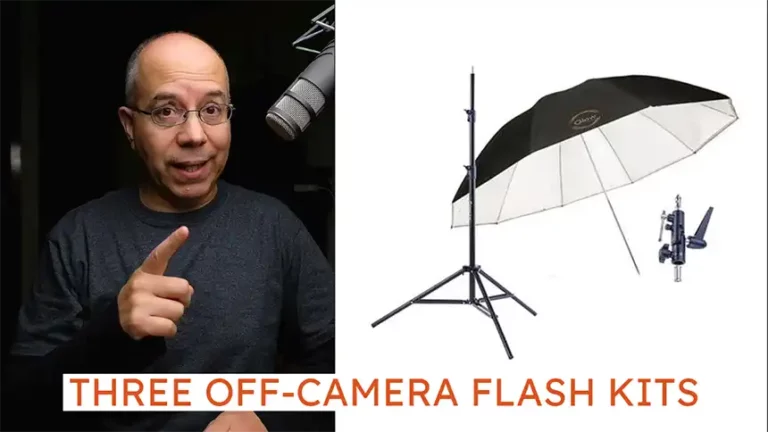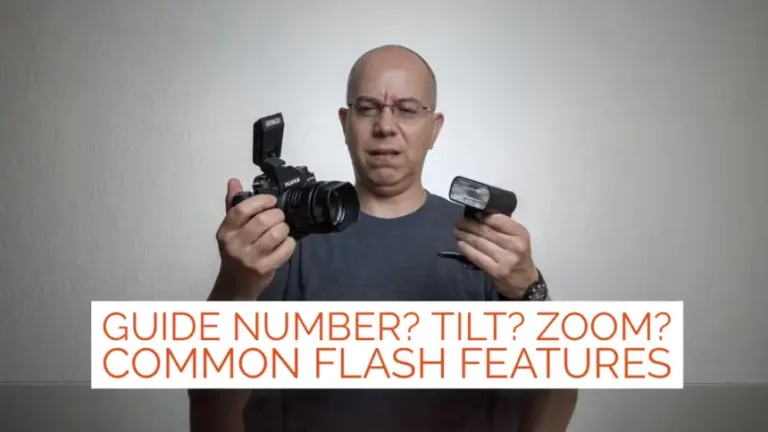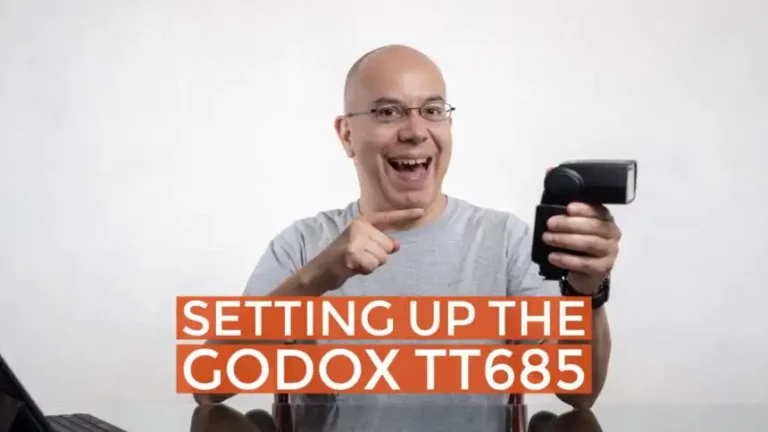Third Party Flash Triggers
Let’s say you have a flash without an integrated radio receiver, how can you use it for off-camera flash photography? Enter third party flash triggers. Keep reading to learn more.
If you’ve read my previous blog posts or seen my previous videos, you know that I really like Godox flashes because all of them have integrated radio receivers. Besides, most of them are actually transceivers, they can send or receive control signals.
However, many flashes don’t have radio communication capabilities, like Canon’s 320EX, 430EX or EXII, 580EX, etc, or Nikon’s SB800, or Metz’s whole lineup. How can you use them for off-camera flash photography? You use third party triggers, of course!
In most cases, third party triggers have two parts: a transmitter, which will go on your camera’s hotshoe; and one or more receivers, which have a hotshoe and you place the flash on top of it. Since they use radio frequency, most triggers have a range of, at least, 30m (100 ft) but there are exceptions, as we’ll see.
As I explained in previous posts, you have two major ways to fire your flash in this way: sending a simple firing signal or sending a control signal. Either way, I’d like to share with you four triggers you can use, along with their pricing from the B&H website.
Simple Signal
My first recommendation is the RadioPopper Nano system. It’s incredibly simple, super reliable and priced nicely. Each transmitter or receiver sells for US$60, but you can start with a transmitter and receiver kit for US$110.

Next in the list is the PocketWizard Plus X, which is actually a transceiver and you just change a switch for it to send or receive signals. Each unit costs US$95 but you can find packs of two for US$175.

Next is another nicely priced trigger, the Phottix Ares II. The transmitter costs US$45, while the receiver goes for US$30. You can also find a starter kit for US$85.

Control Signal
Sending a control signal gives you even more versatility. The first option in this list is Godox, with its X2T or XPro transmitter, along with X1R receivers. Since Godox is a multi-brand system, you need to use transmitters that are compatible with your camera, while the receivers need to be compatible with your flashes. The X2T transmitter goes for US$46, the XPro transmitter for US$70 and the X1R receiver sells for US$40.



Phottix has a very cool system for Canon shooters. I’m talking about the Laso products, which are compatible with Canon’s radio frequency system. This means you can use a Phottix Laso transmitter to control a Canon 600EXII-RT or you can use Canon’s ST-E3-RT controller to fire a Canon 580EX on top of a Laso receiver. The transmitter sells for US$155, while the receiver sells for US$85.


Next in this list is the Cactus V6 II, which is made of transceiver units. The most interesting feature of this system is that all the transceivers are multi-brand. You can place one on your camera as transmitter, and then place a combination of Canon, Nikon, Olympus and more flashes with their receiver and you’ll be able to control everything. Each unit will set you back US$70.

Finally, PocketWizard offers the Plus IV transceiver which, as far as I know, is not multi-brand so you’ll have to use one brand for camera and flashes. Each unit sells for US$153.

And there you have it, triggers that fire flashes with a simple signal and that send control signals. Have you used any one of these? What was your experience? Please share in the comments section.
I really hope you found this post interesting, informative but also entertaining. If that is the case, please leave a comment below and share this post with your friends! But most of all, please remember to Stay Safe, Keep Learning and Keep Creating.
DISCLAIMER: Links included in this post might be affiliate links. If you purchase a product or service with the links that I provide I may receive a small commission at no additional charge to you. Thank you for supporting this blog so I can continue to provide you with free content every week!







